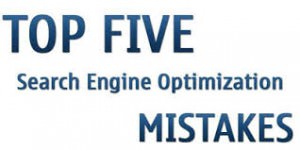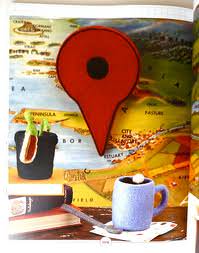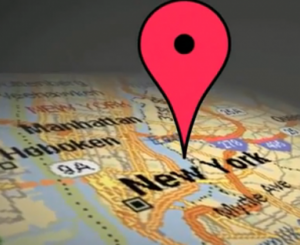Do you use Google Places Optimization for your website? You should go over this article to learn more about common Google Places Optimization mistakes you need to avoid.
5 Deadly Google Places Optimization Mistakes
 Do not expect your XML sitemap to help you rank higher in search results if you do not improve the navigability of your website first. An XML sitemap will not make any difference if your site is not well-organized. You should create different pages to organize your content and use site-wide links for your main pages. Add individual links within your content to help your visitors find more pages they will be interested in. You should optimize all your links by using keywords on your anchor text and test your links regularly to avoid broken links.
Do not expect your XML sitemap to help you rank higher in search results if you do not improve the navigability of your website first. An XML sitemap will not make any difference if your site is not well-organized. You should create different pages to organize your content and use site-wide links for your main pages. Add individual links within your content to help your visitors find more pages they will be interested in. You should optimize all your links by using keywords on your anchor text and test your links regularly to avoid broken links.
You should not use unethical Google Places Optimization techniques. Some webmasters rely on Black Hat Google Places Optimization and use keyword stuffing, false redirection URLs and other unethical methods to trick search engines. If you use Black Hat Google Places Optimization, search engines will eventually ban your web pages from search results. If you have doubts about how ethical a certain strategy is, do some research before using it.
Do not let keywords influence the way you write. Your articles and texts should be well-written and your visitors should enjoy reading them. If you go out of your way to add keywords to this content, your visitors will notice that your style does not meet high quality standards and will not trust your website. Focus on placing keywords in title tags, URLs, alt tags, meta tags and the anchor text of your links. Some of your keywords will appear within your texts since you will be writing about a specific topic but do your best to use these keywords naturally.
Do not assume your back-links will keep bringing traffic to your site. Typically, a back-link does not stay active for more than a few months. Use visitor counters to keep track of how many visitors you get and which links are the most followed. If you notice a popular back-link is not as active as it used to be, replace it or build some back-links to bring traffic to the page where this back-link is featured. You should always look for opportunities to create more quality back-links.
Search engine spiders will not be able to analyze your content if your design is too complex. Using pictures for your background and your header or relying on Flash and Java Script for your content since search engine spiders will not be able to read these languages. If you decide to use elements search engine spiders will not be able to read, optimize these elements with strong keywords. Do not hesitate to make some changes to your design, for instance to make it simpler or to use a CSS sheet instead of making your HTML code too busy.
These Google Places Optimization mistakes could cost you a lot. Make sure you avoid these mistakes and do more research on efficient techniques so you can develop a successful Google Places Optimization campaign.







